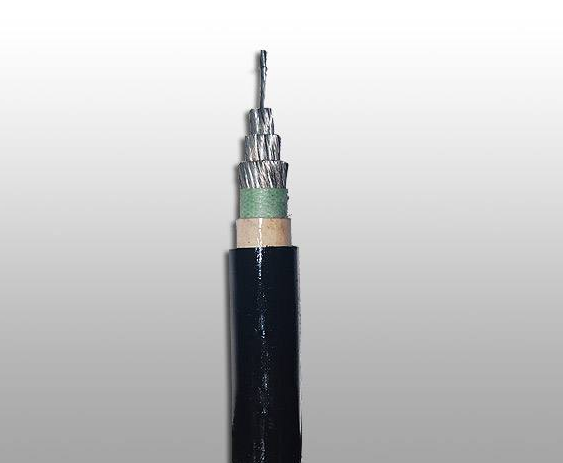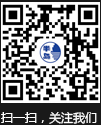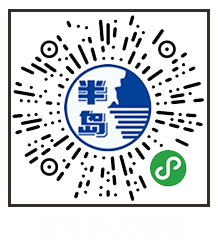1、 Wind power cable Operating environment characteristics:
Long term operation outdoors, vertical suspended laying, frequent torsion (automatic yaw against wind), contact with oil (part), seawater corrosion (special environment).
2. Requirements for wind power cable:
High mechanical strength, torsion resistance (soft), vibration resistance, oil resistance and other requirements. In addition, cables used in cold regions should also be resistant to low temperature (- 40 ℃).
3. Structure and material of wind power cable
Combined with the above characteristics, wind energy cables are basically rubber cables (at least used in the fan and the first tower barrel above), Class 5 or 6 conductors, EPR or silicone rubber insulation, neoprene, CPE or TPU sheath
4. Application occasions of wind power cable
Inside the engine room, between the engine room and the upper part of the tower, between the lower part of the tower and the box transformer at the bottom of the tower.
5. Types of wind power cables
Used in the engine room: flexible wire, control cable, data cable, drag cable (used to form a loop for the rotor), etc.
Inside the tower: Wiring (Lighting) power cable (fixed laying and twisting)
6. Number of wind power cables used in wind turbines
Taking a 1.25MW wind turbine as an example (in the tower and engine room), the tower height is generally about 90m, so only the number of cables required is about 1km according to the length. If a wind field of 50000 kW is used for calculation, 40 km cable is required.













